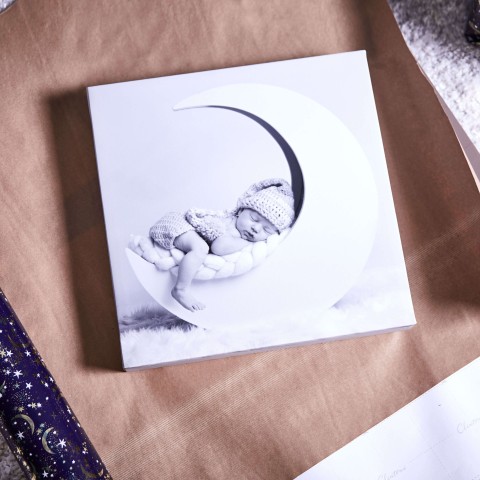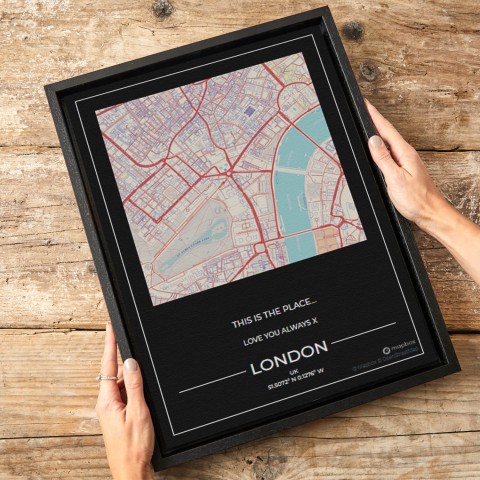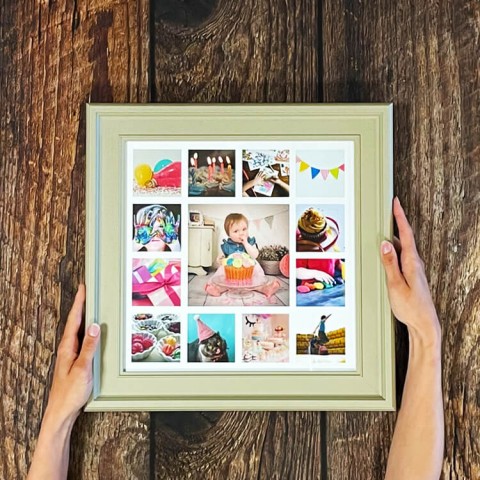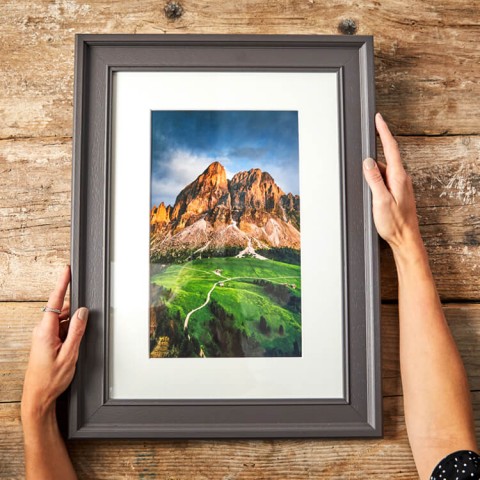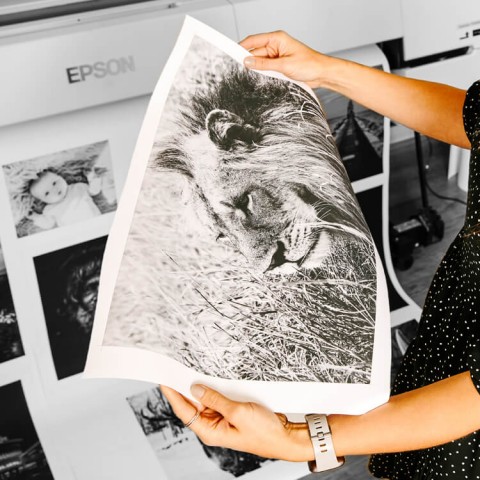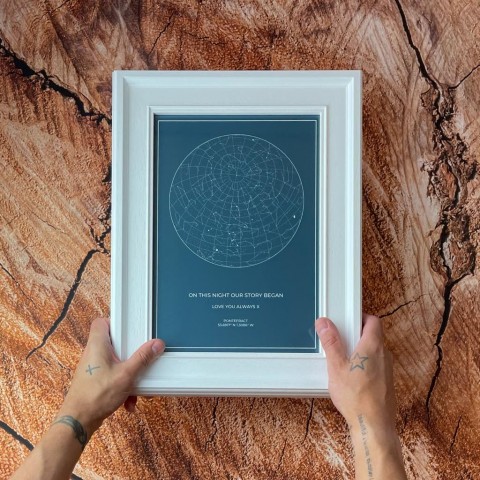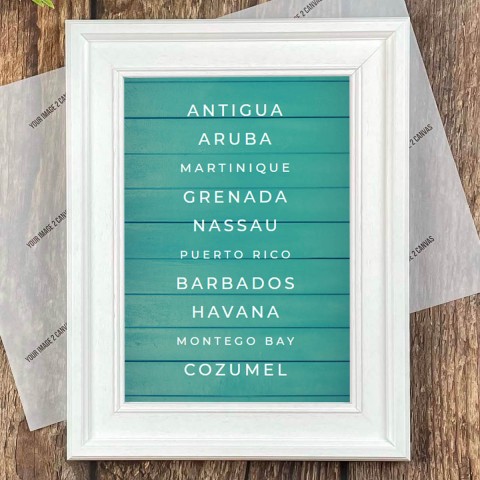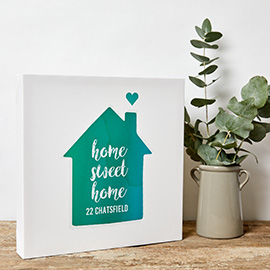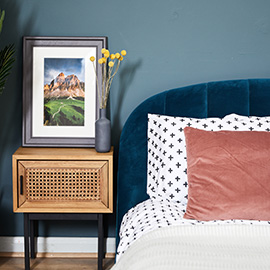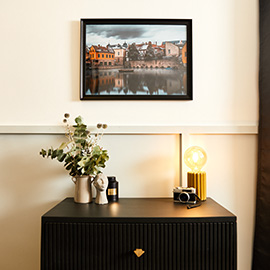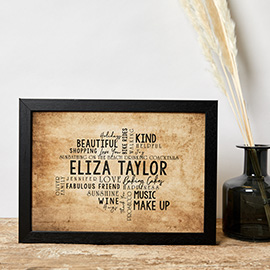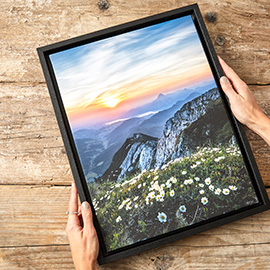Interior Architectural Photography
Shooting the interiors of buildings presents the photographer with some unique challenges, but with the help of our top architectural photography tips, you’ll soon be approaching this fun genre with confidence.
Last month we showed you how to make the most of your exterior architectural photography, but having the skills and tools to step through the door and complete the project inside the building will make you a complete architectural photographer.
Architectural photography gear
The gear you use will depend largely on the type of interiors you’re shooting: if it’s a church you’re never going to be able to use a flashgun, but they will generally allow you to shoot from a tripod; a stately home may allow flash photography, but it will be at their discretion. The golden rule is to ask permission!
You’ll need a wide angle, but not necessarily super wide, lens, a camera with decent high ISO performance and the same tripod and wireless trigger you used for the exterior of the building. The rest is down to your skill, so let’s work on that next…
How to shoot interiors effectively
There are many variables with this genre, but these architectural photography tips will give you the tools you need to cover most of them and produce some great images for your walls at home:
Use HDR – When you think of HDR you may be reminded of the cartoonish images you see on Flickr, but used sparingly it’s a brilliant tool for interiors – especially in low light where flash isn’t allowed, like in churches. Use up to 10 exposures and tone-map in Photoshop or standalone HDR software to produce lifelike images that show the beauty of these buildings, while also keeping the stained glass windows correctly exposed.
Use flash where you can – A little bit of light bounced up behind you into the room you’re shooting will lift the shadows and make for a more pleasing end result. Get your flash off camera and on a light stand so you can position it for best coverage – ideally bouncing off the walls and ceiling behind you to mimic the effect of a huge softbox.
Be prepared to layer images – Sometimes it’s impossible to expose correctly for the windows and interior of the room, and in these instances you’ll need to perform a little Photoshop wizardry! Using a tripod to ensure stability, take one shot exposing for the room and another for the windows. When layered together the final result will be much more realistic and akin to the way the human eye sees the scene.
Keep your camera level – Even a slight tilt up or down of the camera lens will create slanted walls that’ll need correcting in post-production. It’s not difficult to do, but it does mean that you lose some of the final image – if the walls are badly slanted the loss of detail will likely mean that the image will end up being useless, so keep the camera level!
Shoot details – Get in close and tell the story of the building by shooting the details too. These shots look great printed on small canvases and hung scattered around a larger canvas of the building.
Follow these simple architectural photography tips and you’ll soon feel confident enough to take your camera anywhere and know that your images are going to be fantastic!


